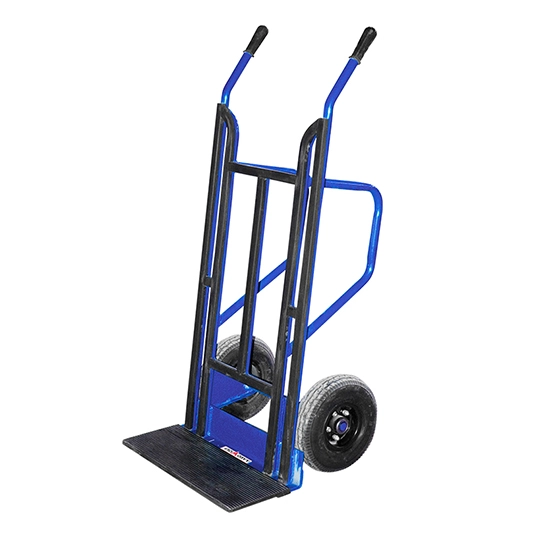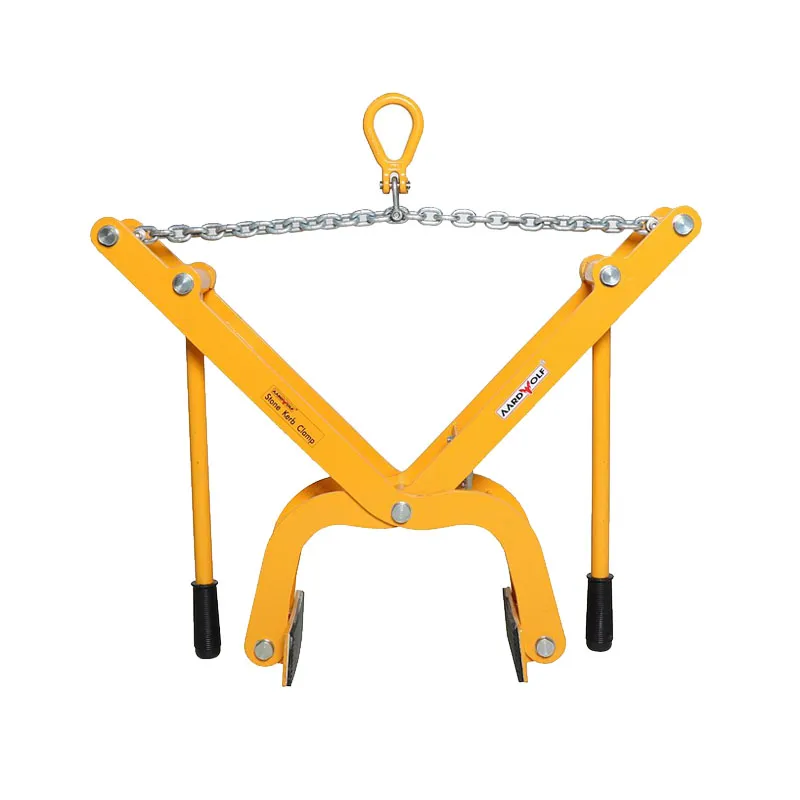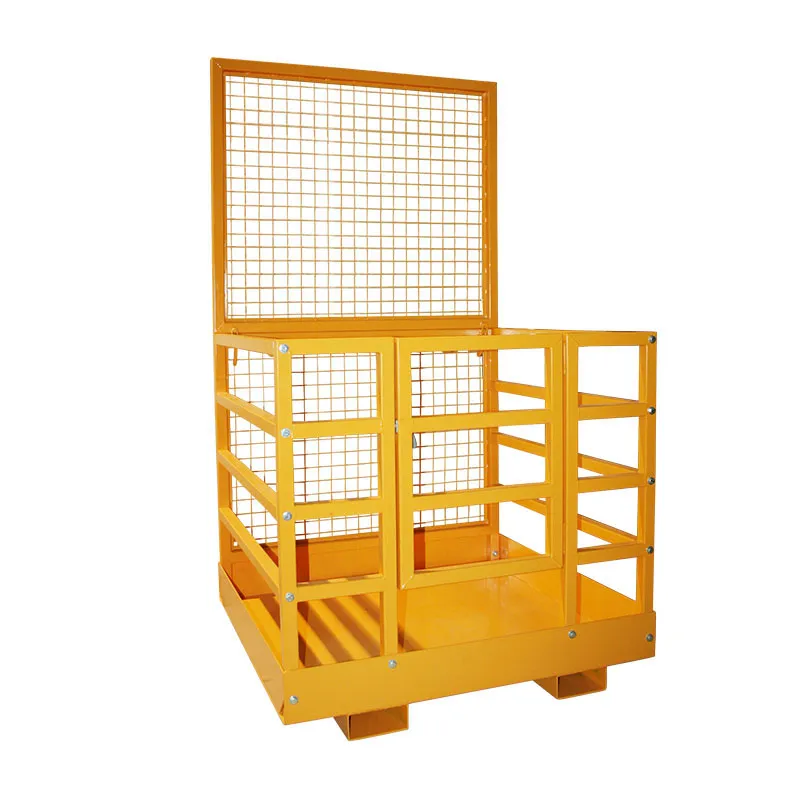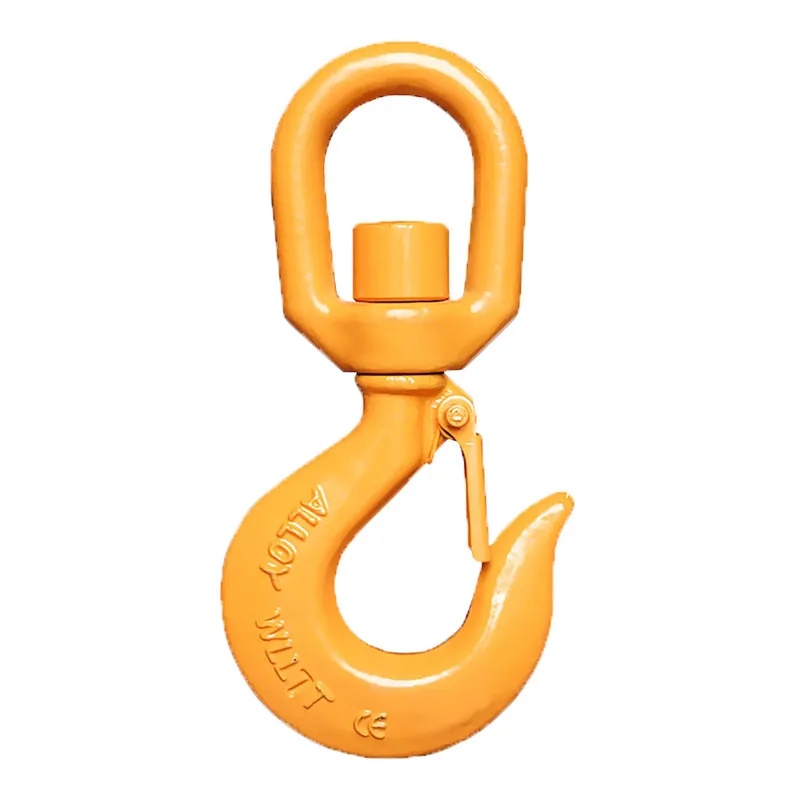Material handling is a vital component across industries—from manufacturing and logistics to construction and pharmaceuticals. It involves moving, storing, protecting, and controlling materials throughout production, warehousing, and distribution. However, despite its critical role, material handling is also a significant source of workplace injuries and equipment damage. Knowing when material handling accidents are most likely to happen helps organizations implement effective safety measures and protect their workforce.
In this comprehensive guide, we explore accident-prone times, locations, causes, and preventive strategies using a semantic SEO approach that integrates valuable related keywords and resources.

Table of Contents
ToggleUnderstanding Material Handling and Its Importance
Before identifying accident-prone scenarios, it’s crucial to understand what material handling entails. It includes:
- Manual material handling tools like hand trucks and pallet jacks
- Automated material handling systems such as robotic arms and conveyors
- Overhead material handling systems including cranes and hoists
- Bulk material handling systems for substances like grains, cement, or chemicals
Material handling enhances productivity, efficiency, and workplace organization. To explore the fundamentals, check out What Is Material Handling? Types, Equipment, Functions, Safety, and Warehouse Optimization.

Common Timeframes for Material Handling Accidents
1. Shift Changes and Transition Periods
Accidents frequently happen during shift transitions due to miscommunication and rushed handovers. Forklift operators, crane handlers, and warehouse pickers may:
- Fail to check equipment settings
- Miss updates on hazards or maintenance issues
- Overlook proper handover protocols
Forklifts for material handling and cranes and hoists are particularly vulnerable to misuse during these periods.

2. End of Shifts and Extended Work Hours
Fatigue drastically reduces physical and mental performance. As workers tire:
- Reaction times slow
- Concentration lapses
- Ergonomic lifting practices deteriorate
This creates a high-risk scenario for incidents involving manual material handling tools and material handling carts and trolleys, where proper technique is critical.
3. Peak Seasonal Periods
Industries like e-commerce, agriculture, and food logistics often experience demand spikes. During peak times:
- Temporary or undertrained workers are hired
- Equipment is overused or misused
- Safety checks are often skipped
Accidents rise dramatically in environments utilizing warehouse material handling equipment and bulk material handling systems during high-volume periods.
4. Maintenance or Equipment Downtime Recovery
Resuming operations after equipment repair or system downtime often causes a rush. Operators may skip rechecks or calibration steps, especially in automated material handling systems.
High-Risk Locations for Material Handling Incidents
A. Loading and Unloading Areas
These areas involve complex interactions between:
- Delivery vehicles
- Forklifts
- Warehouse staff
Uneven surfaces, moving vehicles, and time pressures increase the likelihood of accidents. Material handling for logistics must prioritize safety protocols in these zones.
B. Narrow Warehouse Aisles
Confined spaces reduce maneuverability for forklifts and increase the risk of:
- Collisions
- Tipping
- Pinched limbs
Employing conveyors for material handling or vacuum lifters in such settings can reduce manual strain and improve safety. Explore vacuum lifters to enhance load handling.
C. Overhead Storage Systems
Improper stacking or poor lifting equipment increases the chance of falling items. Jib cranes and other overhead material handling systems must be regularly inspected and used with proper training.
Common Causes of Material Handling Accidents
- Lack of Training: Workers operating machinery without proper knowledge is a leading contributor. Implementing [material handling training programs] is essential.
- Poor System Design: Inadequate material handling system design considerations such as narrow aisles, inefficient workflows, or poor lighting increase hazards.
- Fatigue and Stress: As noted earlier, overworked staff often ignore safety protocols.
- Improper Clothing: Loose garments can get caught in machinery. See Loose Clothing Is Best to Wear When Handling Material? for clothing guidance.
- Inadequate Equipment: Using the wrong tool for a job—such as a trolley instead of a forklift—can result in mishandling.
Preventing Material Handling Accidents
1. Choose the Right Equipment
The foundation of safety begins with using the right material handling equipment. This includes:
- Aardwolf Slab Lifters for heavy stone handling
- Vacuum lifters for glass and metal sheets
- Cranes and hoists for vertical lifting
Consult material handling equipment manufacturers for guidance on capacity and suitability.
2. Invest in Automation Where Possible
Automated material handling systems reduce human error and can be used for repetitive, dangerous tasks. Benefits include:
- Reduced physical strain
- Higher throughput
- Consistent performance
To understand its broader implications, read How Does Material Handling Impact the Human Labor Force?
3. Design Efficient Layouts
Apply thoughtful material handling system design considerations:
- Optimize travel paths for carts and forklifts
- Provide clear demarcation for loading zones
- Ensure adequate lighting and visibility
Such improvements also contribute to how to improve material handling efficiency.
4. Establish and Enforce Safety Protocols
Implement strict material handling safety standards including:
- Regular inspection schedules
- Personal protective equipment (PPE)
- Equipment-specific safety procedures
Encourage open reporting and feedback to identify risks early.
5. Use Ergonomics and Human-Centric Design
Workstations should minimize unnecessary lifting or bending. Offer adjustable platforms and invest in low-cost material handling solutions for small businesses that focus on reducing strain.
Sector-Specific Risk Considerations
● Material Handling in Manufacturing
Manufacturing floors often involve heavy machinery and assembly lines. Safety measures must address coordination between manual handling and automated equipment.
● Material Handling in Construction
Unpredictable environments, unstable surfaces, and bulky materials heighten risks. Construction sites benefit from rugged, heavy-duty material handling solutions.
● Material Handling in Warehouses
Speed, accuracy, and volume make warehouses high-risk zones. Investing in the best material handling equipment for warehouses can lower injury rates.
● Material Handling in the Food Industry
Hygiene and safety standards must go hand-in-hand. Smooth material flow and contamination control are critical.
● Pharmaceutical Material Handling Systems
Precision and containment are key. Systems must be designed for compliance, safety, and product protection.
Conclusion: Building a Safer Material Handling Strategy
Understanding when material handling accidents are most likely to happen is the first step toward prevention. From shift changes and equipment downtime to peak seasons and training lapses, the risks are diverse—but manageable.
For businesses, this means:
- Selecting appropriate equipment from trusted material handling system suppliers
- Training staff regularly using material handling training programs
- Designing ergonomic and efficient layouts
- Following recognized material handling safety standards
When evaluating options, look for used material handling equipment for sale or consult with material handling companies near me for tailored recommendations. The right investments can ensure long-term safety, efficiency, and operational success.


















Please log in to leave a comment.